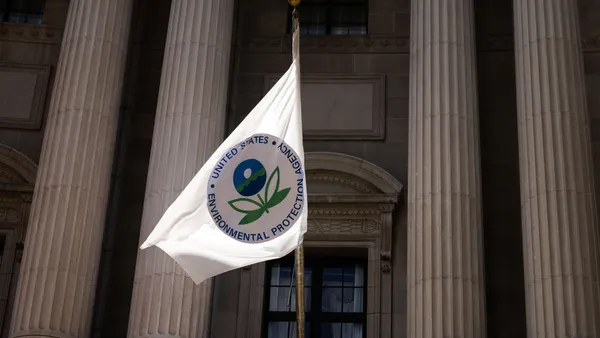The following is a contributed article by Shelley Hudson Robbins, a project director at Clean Energy Group.
Without question, the Inflation Reduction Act is a stunning piece of legislation loaded with billions of dollars available to address more than a century of energy inequity. However, it has a major flaw in one of its most popular provisions – the residential tax credit for solar and battery storage. Low-income homeowners often do not have a tax liability and cannot access this 30% tax credit. They are left out of the clean energy transition, while their wealthier neighbors are able to use the tax credit to reduce both energy bills and tax liability. This is neither just nor equitable.
But there may be one avenue available that could add solar and battery storage to a certain category of low-income single-family housing. The elective payment, also known as the direct pay option, is a new tool in the IRA that is available to non-profit and governmental entities. A non-profit can, for example, take the direct pay option to essentially get a rebate in the amount of the value of the tax credit for putting solar and a battery on their own offices.
What is less clear is whether non-profits and government entities that build or purchase-and-rehabilitate housing will be eligible to use direct pay to add solar and/or battery storage to homes that are then transferred to qualified low-income residents. As the details of the IRA and direct payment are drafted and finalized, the Treasury Department and the Internal Revenue Service have an opportunity to draft guidance that expressly allows for this scenario.
One example of a non-profit that operates in this space is Habitat for Humanity. Nationwide, local governments that participate in the U.S. Housing and Urban Development’s Dollar Homes Initiative also operate in this space. Per HUD’s website, “HUD makes it possible for communities to fix up the homes and put them to good use at a considerable savings. The newly occupied homes can then act as catalysts for neighborhood revitalization. ... Local governments can partner with local nonprofit homeownership organizations or tap into existing local programs to resell the homes to low-to-moderate income residents of the community.”
So conceivably, a low-income housing non-profit or a local government participating in the HUD Dollar Homes initiative could utilize the direct pay provision to offset part of the cost of installing solar panels and/or battery storage on residences while they are still owned by the non-profit/local government before they are transferred to low-income residents. Currently, these organizations generally cannot install solar and battery storage affordably without working with a third-party for-profit entity with a tax appetite, which erodes the benefit of federal tax credits.
The White House, in July 2021, issued Justice40 guidance to the heads of federal departments and agencies, defining a “covered program” as one that makes covered investment benefits in “affordable and sustainable housing.” In that same document, “covered investments” include “direct payments or benefits to individuals.” This guidance suggests that the Treasury Department and the IRS have a role to play in helping the Administration meet their Justice40 goals within the IRA.
There are provisions within the IRA that can help advance the placement of solar and battery storage on low-income multi-family housing, which is important. This facilitates clean energy for renters, which otherwise can be difficult. But leaving out low-income single-family housing ignores more rural areas that do not have a large inventory of low-income multi-family housing. It also overlooks a tool for wealth building through home ownership. Direct pay for non-profit and local government low-income home builders and rehabilitators would help to mitigate this shortcoming in the IRA.
Allowing this use of the direct pay option, without requiring the non-profit or local government to retain ownership of the residence longer than is necessary to complete construction and related project paperwork, would increase the amount of solar and battery storage on low-income housing, which has tremendous additional societal benefits, including building wealth.
In response to a request for comments on the IRA, Clean Energy Group encouraged the Treasury Department and the IRS to draft guidance that does not prohibit this scenario and that provides clarity for this use case. Doing so could have a significant long-term impact on the energy burden and resilience of low-income households across the country.





















